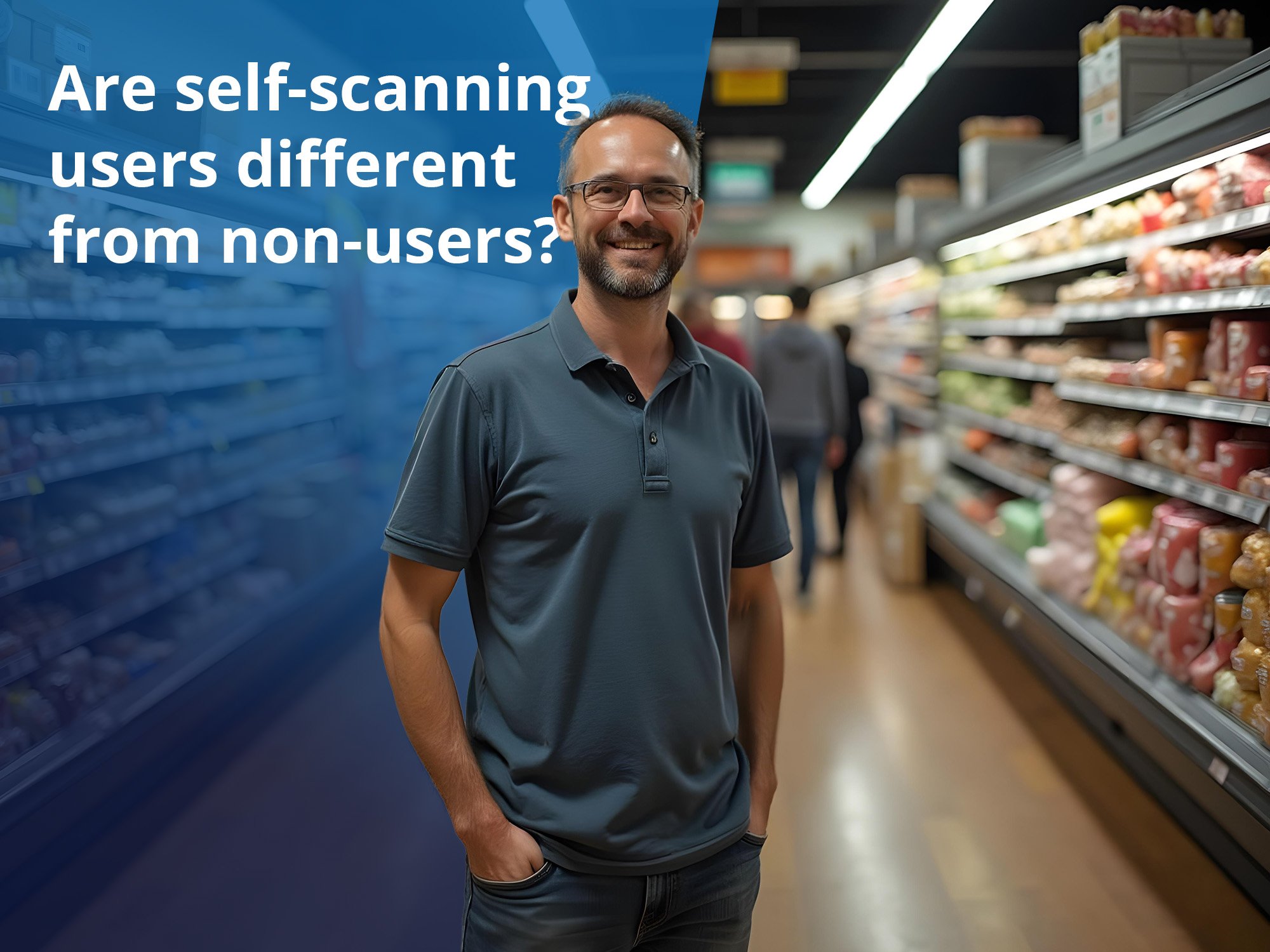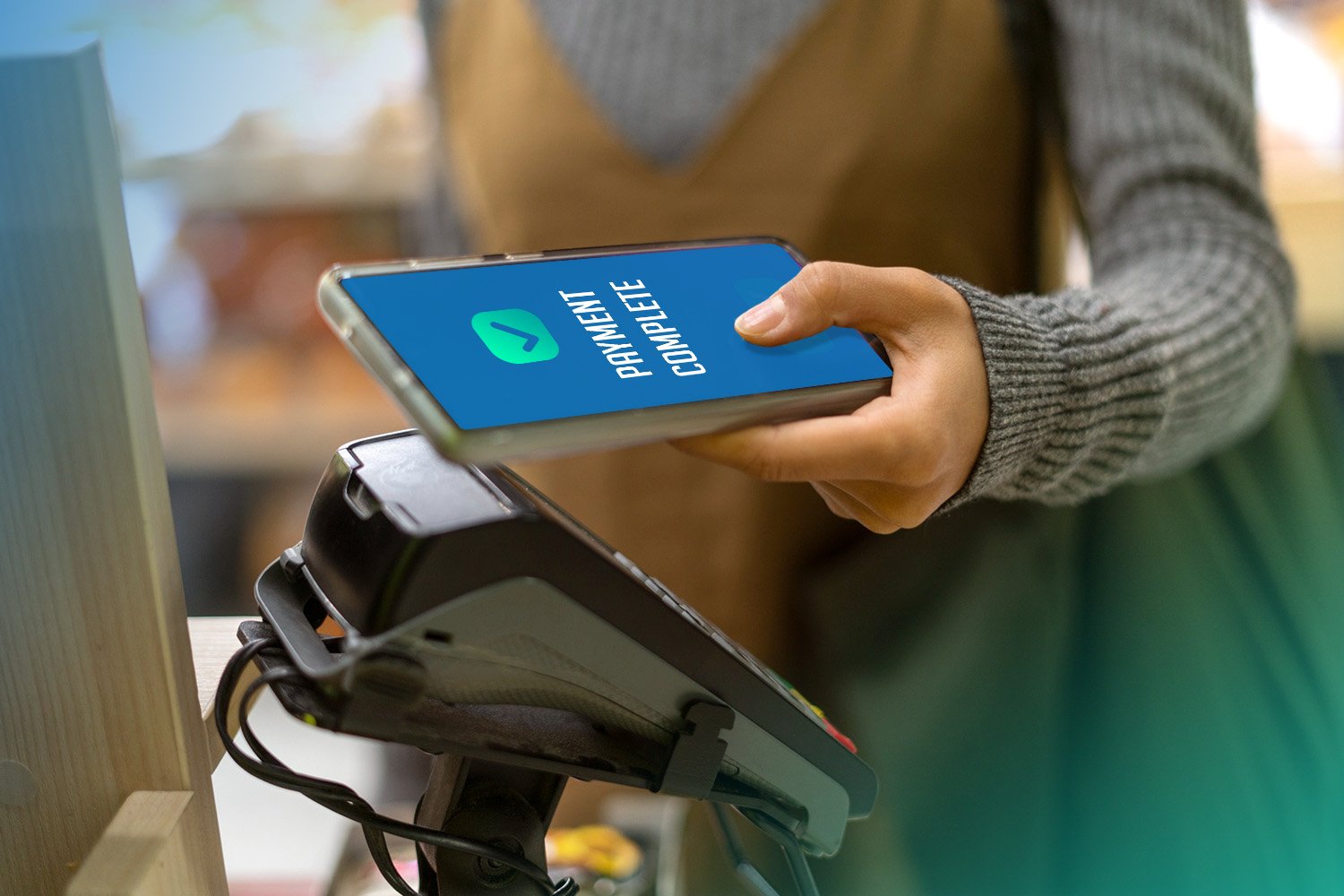7 tips for a smooth and easy self-scanning experience
Implementing self-scanning is a great way to enhance your customers’ shopping experience – now they have the opportunity to scan as they go, avoid the queues and to be more time efficient. Nevertheless, there are some factors that can make their experience even better. Discover our insights about how to create a smooth and easy self-scanning check-out here!
Self-scanning technology is a great way to improve the customer experience.
Self-scanning has been an increasingly more popular alternative when going shopping, and the benefits are many. But for those retailers who want to gain a competitive edge, or simply want to maximize their customers’ shopping experience even further, there are some ways to enhance the over-all self-scanning setup.
#1 An easy and efficient onboarding – Make the solution available for everyone
Do you want shoppers to use your new feature? Then make it available for them! By making sure that the threshold towards using the self-scanning solution is low, you will encourage more customers to actually use it. This includes the removal of any additional steps that are required in order to use the self-scanning solution – such as signing up by email, using a membership card, downloading an additional app and so on. Of course, this requires that you select a self-scanning solution where this is possible.
Some retailers want to keep the self-scanning alternative an exclusive feature, such as for shoppers with a membership card. This is a feasible option for those markets where self-scanning is already well-established, and the retailer has a large membership base. But for many beginners, keeping the threshold as low as possible is a good idea.
#2 Have an user-friendly interface
A great obstacle for shoppers towards doing self-scanning is the interface – at least for those who are new to this type of shopping solution. When using the self-scanning device for the first time, user would like to know how to navigate in the menu intuitively, and to utilise the most vital functions by an instant, otherwise they will simply abandon the self-scanning alternative shop the traditional way instead.
Even though the technological maturity among your customers might be relatively high, there is still a need for a well-planned and user-friendly interface in order for shoppers to fully enjoy self-scanning. This is true for both new and experienced shoppers – if there are clear instructions, useful features and an interface that shows these features in a pleasant way, more shoppers are likely to continue self-scanning when visiting your store.
#3 Ensure all products can be scanned – minimize the hassle
It can be seen both as an advantage and a disadvantage that the customers themselves are in charge of the scanning. On one hand, it is efficient and fast when done right. On the other hand, it can be troublesome and time-consuming when something goes wrong.
One of the most common issues when doing self-scanning is that the barcodes on the products cannot be registered. This can depend on many things, such as:
The barcode is damaged
The barcode has not been registered in the self-scanning system
While the first reason is unfortunate, it is also easy to “work around” this issue, as the shopper can simply scan another product package. The second event though, can be a source of great frustration. It is very important that retailers ensure that all products are registered in the system, and that they are scannable.
As a last resort, using a self-scanning solution where the product ID can be manually entered, is a feasible option – but not for more products than absolutely necessary. Otherwise, shoppers would probably prefer to use the manual cashier station instead.
#4 Clear signs and instructions in stores
It goes without saying that clarity is important – but for self-scanning it is vital. You as a retailer need to make sure that your customers have all the information they need, and to explain in an easy but informative way how to self-scan, even those products that are different.
For example, some items are probably going to be without a barcode, for practical reasons. A grocery store will hardly put a sticker with a barcode on every single lemon. It is thereby important to have clear instructions on how to proceed with these types of items – are they supposed to be weighted, is there a separate barcode to scan for every product, etc.
The clear instructions might seem redundant, but remember that every store has their own way of registering their stand-out products – the customers must learn the rules of each store.
#5 Provide access to shopping bags – most customers will pack as they scan
One of the greatest advantages of self-scanning is the ability to pack the items as the shopping trip progresses. This makes it possible for shoppers to avoid the unpacking and repacking at the conveyor belt, and helps them to do their shopping in a more time-efficient way. In order for this to be a possibility, there needs to be shopping bags available at the store entrance, for shoppers to put in their cart first. Another idea can be to have a shopping bag station for shoppers in the middle of the store – for those who might have shopped more than expected, and are in need of more bags.
Some shoppers probably will bring their own shopping bags, however this is surely not the case for everyone. By providing shopping bags, and making sure that there are shopping bags easily available, the you will enhance the self-scanning experience for sure.
#6 Separated payment towers, or integrated payment in the app
Depending on whether or not your customers are using a retailer-owned device (ROD), or doing the self-scanning using their own smartphone (BYOD), there are different alternatives to the payment situation. The important part is that the payment is easy and convenient, without any unnecessary or time-consuming steps.
For ROD: Establish payment towers, where your self-scanning shoppers can go before leaving the store. This type of checkout area, dedicated towards self-scanning only, typically has no queues and make the payment process easy and fast. With random controls monitored by staff members, you can minimize shrinkage as well.
For BYOD: When self-scanning shoppers are using their own smartphone to scan, integrated payment in the app is a great way to maximize the convenience. The customers only have to fill in their card number, and confirm the payment. This generates a barcode that can be used to exit the store, easy and convenient.
#7 Make sure staff is available to help
Even though self-scanning allows shoppers to do their shopping autonomously and by themselves, some help by an actual staff member can be very helpful. Providing available staff members is a great way to complement the self-scanning trip for various reasons. These individuals can:
Answer questions about the self-scanning features
Help out with problems during the shopping trip
Perform random checks, age verifications and other controls when needed
By having staff available for immediate support, your customers don’t have to wait for help feeling helpless or forgotten. It is thereby important not only to have staff available, but also to make sure they have received adequate training regarding the various events and situations that might occur. Some retailers believe that the implementation of self-scanning completely removes the need for staff members, and while there are cost-saving opportunities, there will always be instances when shoppers need to talk to a physical person.




